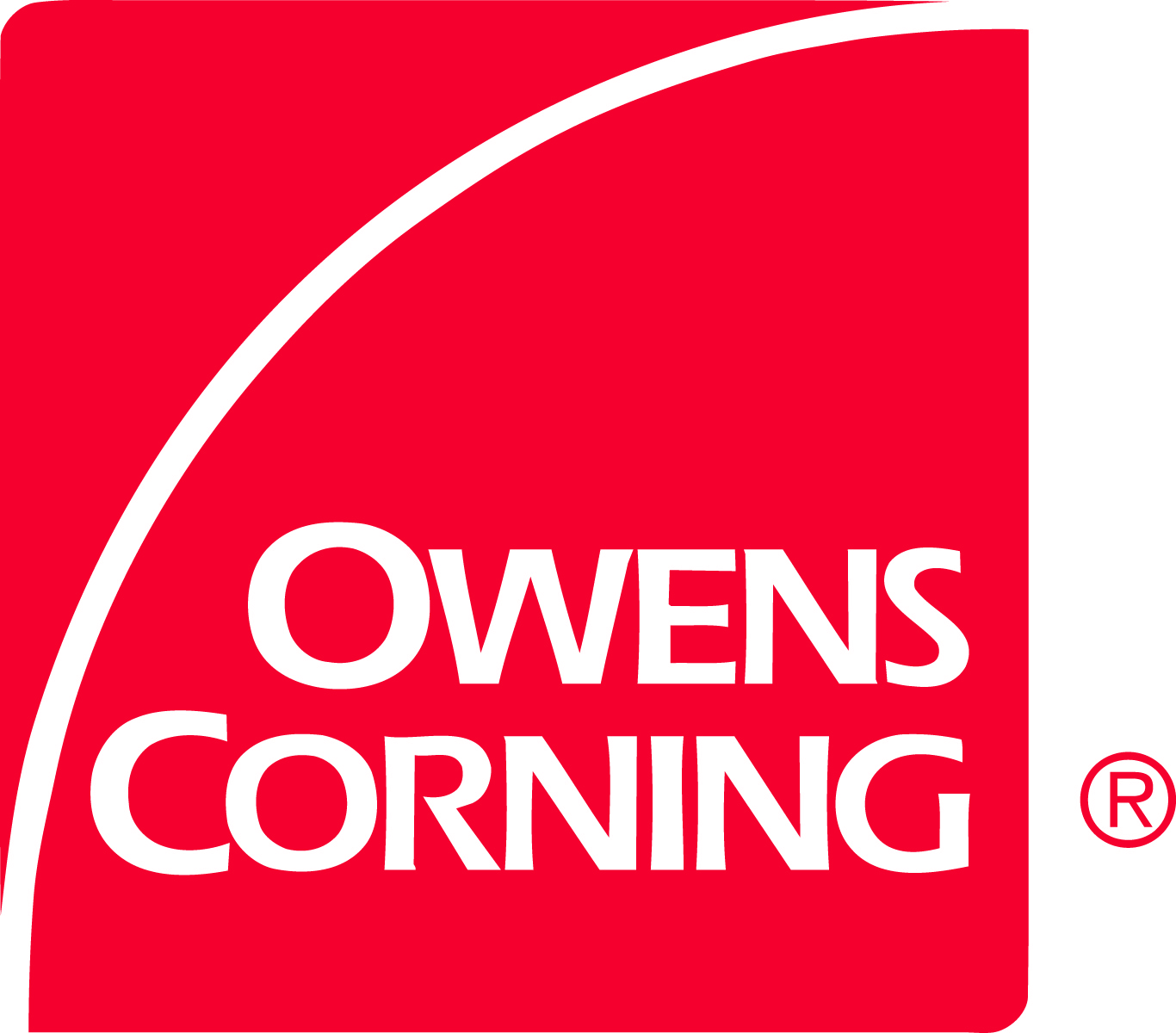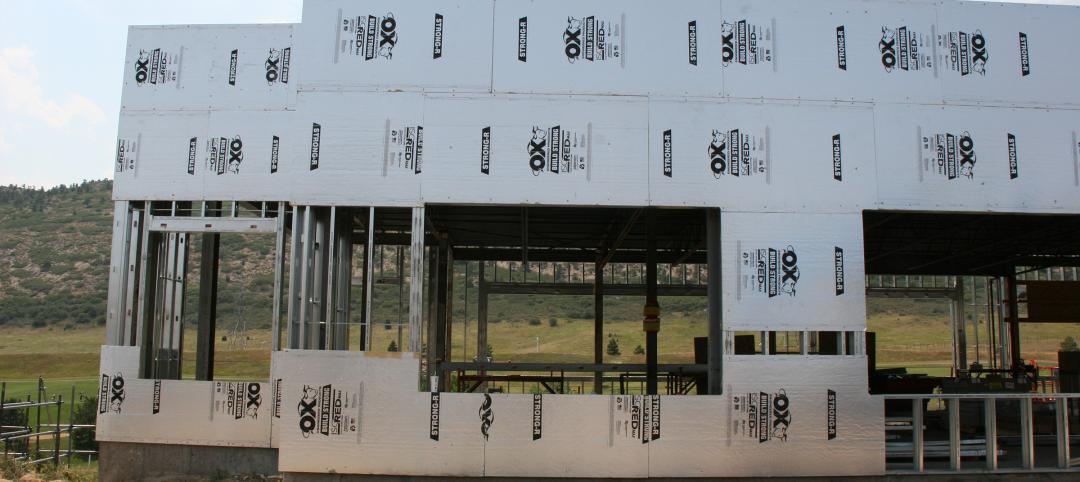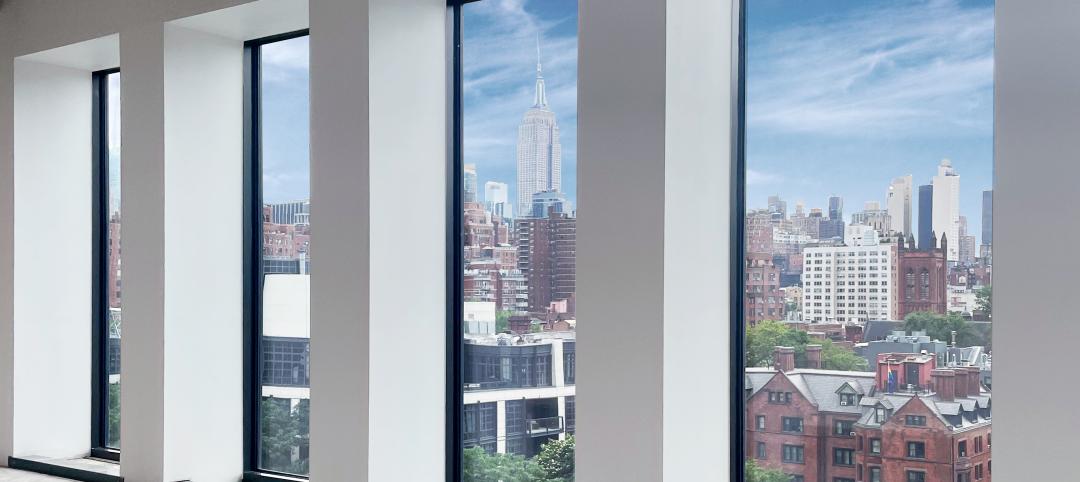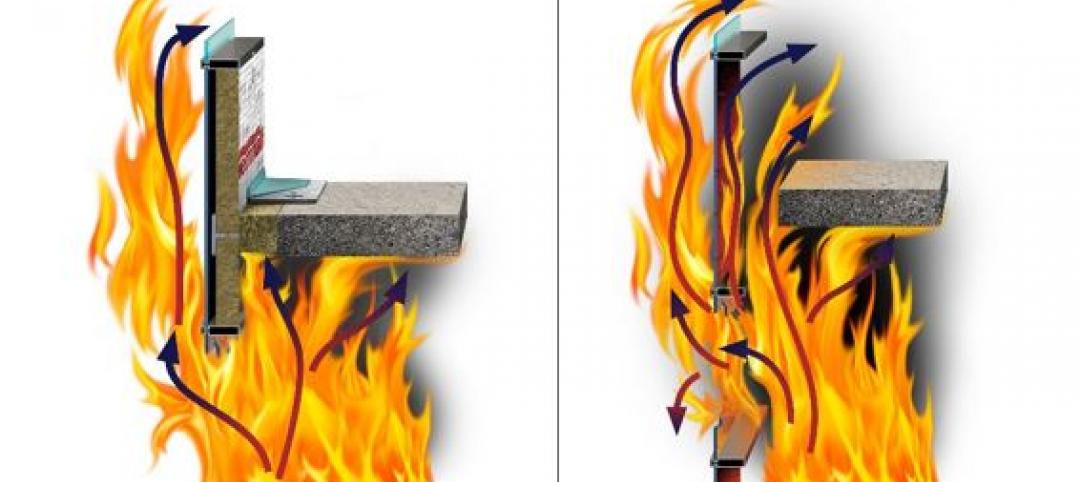Across climate zones, rising codes are increasing awareness of the role continuous insulation (ci) plays in helping buildings meet and exceed energy efficiency thresholds. But while thermal efficiency is a key function of ci in exterior walls, its benefits extend far beyond mitigating thermal bridging. The type of ci matters. Below, we look at how mineral wool insulation’s composition, engineering, and performance properties make it a smart choice in exterior assemblies – including supporting sustainability, mitigating liquid and vapor moisture, contributing to life safety, and even helping keep outdoor noise from travelling through the wall.
- Sustainability Profile: Comprised of byproducts from steel manufacturing, mineral wool insulation generally contains 70% or more recycled content. Its primary ingredients are limestone and iron ore, along with a binder. After just one month of use, a pound of mineral wool insulation can conserve the same amount of energy consumed in its manufacture.
-
Moisture Resistance: A high-performing building must be able to effectively manage liquid moisture as well as vapors. Additionally, the wall must be able to effectively navigate the flow of moisture regardless of its directional path and keep it from condensing in the wall cavity. With a minimal sorption of just 0.03%, Thermafiber® RainBarrier® insulation stands up to the demands of humidity, even in the harsh, hot, and humid environmental conditions measured by ASTM C1104 (120°F, 95% humidity for 96 hours). Such impressive resistance to moisture indicates consistent thermal performance during the expected service conditions of the thermal insulation. Additionally, the sorption property is consistent throughout the entire thickness of the mineral wool ci. Owens Corning evaluated Thermafiber® RainBarrier® 45 insulation using ASTM C518viii for thermal performance in extreme conditions beyond normal exposure in a cavity wall assembly. After 88 hours of submersion and subsequent draining, the samples dried out, and they exhibited no change in resistance to thermal conductivity. While extreme, this test demonstrates mineral wool’s resiliency when exposed to liquid moisture.
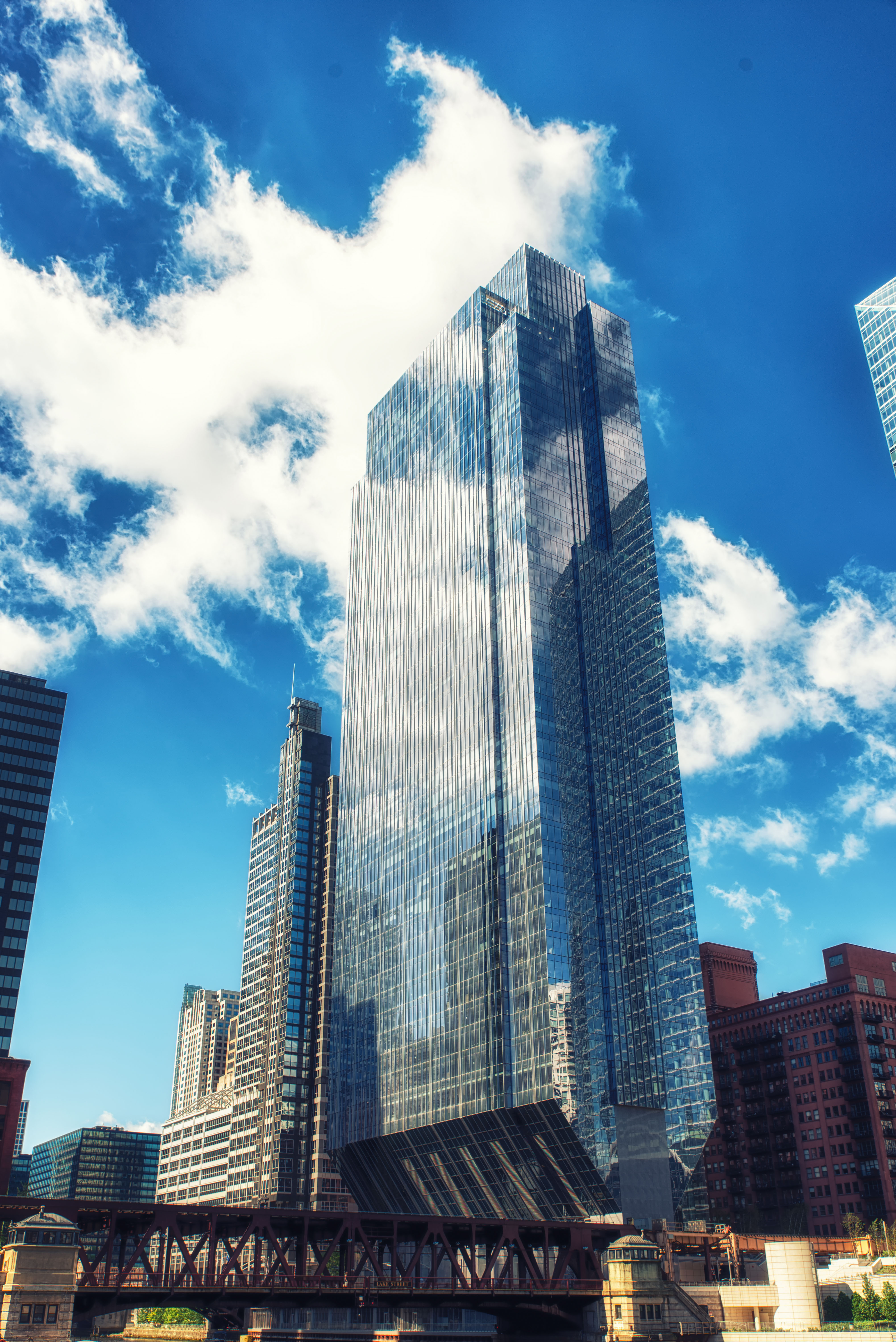
- Resilient: A demonstrated ability to withstand exposure to UV light, sleet, and rain makes mineral wool a resilient ci choice, even under prolonged exposure during construction or intermittent exposure in open-joint cladding systems. The Museum of the Moving Image in New York is a good example of resilience in action. Mineral wool in the museum’s unique open-joint assembly was exposed to the elements for nine months during one of New York City’s harshest winters on record, without compromising its properties. Used as a continuous insulation in the Sidney & Lois Eskenazi Hospital in Indianapolis, Thermafiber® RainBarrier® insulation lived up to its name as it withstood the Midwest’s fierce rainstorms during the hospital’s construction.
-
Life Safety Solutions: Life safety is always a driving factor when it comes to building design. The ASTM E119 time and temperature tests show that mineral wool outperforms foam, glass, and aluminum. In testing, mineral wool did not combust, even when exposed to temperatures exceeding 2,000°F for five hours – the upper limit of the testing period. Whether designing perimeter fire containment systems, fire rated wall assemblies, or NFPA 285 compliant assemblies, mineral wool, as a noncombustible material, can help meet the life safety requirements. Safety also goes hand in hand with reputation management for the professionals who specify life safety systems. In 2017, the U.S. Department of Homeland Security created the SAFETY Act. This designation provides protection against liability related to acts of terrorism. The protection serves both architects and building owners. Owens Corning is honored to be the first insulation manufacturer to receive this designation. While testing standards provide all-important verification that a material has withstood rigors imposed on a material under controlled conditions, a material’s performance in the “real world” provides practical assurance. Thermafiber® mineral wool insulation is trusted in several of the world’s most high-profile buildings – including four out of five of the tallest buildings in North America.

- Acoustically Agile: Today’s buildings are increasingly agile. Consider the global pandemic which saw convention spaces being transformed into makeshift hospitals and amplified the use of telemedicine. A building’s acoustics may suddenly demand a higher level of privacy or relative quiet, demanding enhanced acoustics. Attention to acoustics at the outset can help guard against costly renovations or marginally effective sound masking approaches. Wall design and the materials inside the assembly have a big impact on how sound is transmitted through a space. Designers have various insulation options when it comes to insulation materials used in the assembly. While fiberglass batt insulation has traditionally been widely used to reduce noise, research has shown mineral wool insulation offers similar sound transmission class performance depending on the wall assembly. For example, some studies have shown that a wall with lightweight drywall insulated with mineral wool can provide comparable acoustic performance to an assembly with standard weight drywall and fiberglass insulation.
- Thermal Performance: Finally, insulation is integral to supplementing the important thermal protection stud cavity insulation delivers in the exterior assembly. Steel framing and other materials behind the cladding can reduce thermal performance through thermal bridging. As ci is described in ASHRAE Standard 90.1, adding ci helps deliver a continuous and virtually uninterrupted layer of insulation that extends across all structural members with the exception of fasteners and service openings. Whether an architect is following a prescriptive path, performance path, or energy/cost budget path to meet energy objectives in an assembly, ci can help increase the R-value per inch of insulation. Minimizing the number of penetrations in a material is essential to preserving its thermal performance. A variety of attachment methods are available to install mineral wool as a ci in the exterior assembly. These options help further mitigate thermal loss through the continuous insulation.

When it comes to meeting rising energy codes and other performance goals, it’s not a matter of simply adding insulation, but adding the right insulation solution for the building application and environment. Considering the entire ecosystem of a building can help inform a smart insulating decision that will drive the optimal performance outcome. Thinking of buildings through the lens of smart, integrated systems and deploying the proper insulating materials can help architects manage the complex and sometimes competing demands posed by today’s buildings and codes. At the end of the day, achieving high-performing buildings is all about how the performance variables -- including thermal, life safety, and moisture mitigation systems -- work together.
For more information, please visit www.owenscorning.com/rainbarrier.
Owens Corning 2020. All rights reserved.
Related Stories
Sponsored | Voice of the Brand | Sep 2, 2021
Protect Your Walls and Sloped Roofs with a Smarter Sheathing System
Integrated Continuous Insulation’s Role in the Ever-Changing Construction Landscape
Sponsored | Voice of the Brand | Aug 31, 2021
Mix It Up with Metal Cladding
Combining architectural metal panel profiles and colors creates high-end, modern facades that meet the budget and the time frame. PAC-CLAD Metal Wall Panel Systems provided the solution for both a downtown high-rise in Pittsburgh and a midwestern university’s technology campus.
Sponsored | Voice of the Brand | Aug 30, 2021
Code, Cost, and Convenience
Integrated Continuous Insulation’s Role in the Ever-Changing Construction Landscape
Sponsored | Voice of the Brand | Aug 9, 2021
From the Top: 3 Trends Influencing the Future of Commercial Roofs
Commercial roofs are being reimagined to provide interactive spaces supplying nature in urban locations and mitigating extreme weather effects by managing heat and stormwater runoff. Read how biophilia, extreme weather events, and environmental sustainability are influencing vegetative roof assembly (VRA) design and product innovation.
Sponsored | Voice of the Brand | Aug 3, 2021
ALPOLIC Heralds the Success of a Small Business with a New Storefront
James Royce Rug Gallery trusted ALPOLIC to showcase their museum-quality collection in West Hollywood. With nearly unlimited finish options, the design team delivered sophistication with easy-to-maintain ALPOLIC MCM. Small business owners need curb appeal to succeed and the chic façade featuring ALPOLIC fashioned a storefront that demanded to be noticed.
Sponsored | Voice of the Brand | Jun 21, 2021
Domestic Isn’t Dead: Why U.S.-made Jumbo HSS Are the Big Thing in Structural Steel
Atlas Tube’s new mill will roll the world’s largest HSS right here in America, reinforcing Atlas Tube’s commitment to domestic manufacturing. Made with new technology to speed delivery and minimize environmental impact, the Jumbo HSS sizes will let designers and builders across the continent do more with structural steel.
Sponsored | Voice of the Brand | Jun 17, 2021
Vision, Vision, Vision
Innovations in fire rated glass technology including largest tested and listed sizes, butt-glazed walls with minimal framing and expanded door sizes and vision lites give architects the unprecedented ability to add vision and transparency to fire rated areas that have been devoid of natural light and vision for many years.
Sponsored | Voice of the Brand | Feb 2, 2021
Smarter Sheathing System for Residential and Multifamily Builds
When it comes to defying the elements, buildings are only as strong as the products used to protect them. Increase the quality and durability of residential and multi-family builds with Georgia-Pacific’s ForceField® Weather Barrier System.
Sponsored | Voice of the Brand | Dec 1, 2020
6 Design Principles to Support Life Safety in the Extreme
Sponsored | Voice of the Brand | Oct 30, 2020
Three Contractors. Three Unique Paths to Prefabrication.



